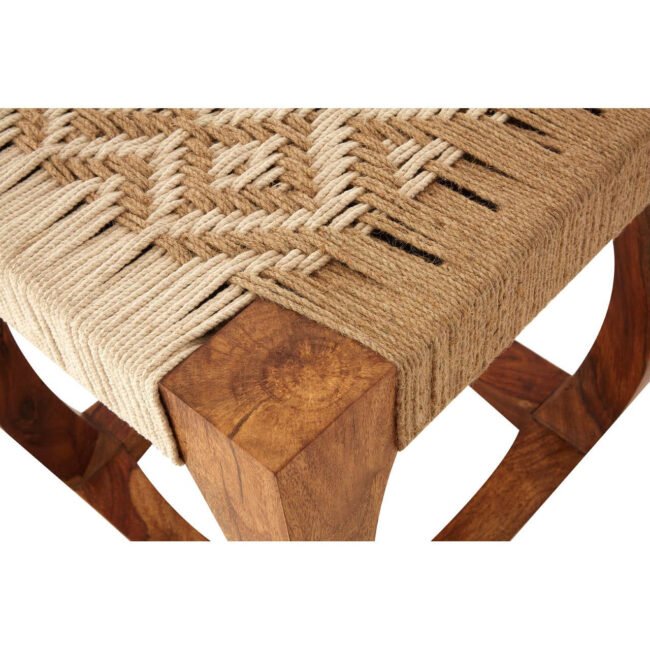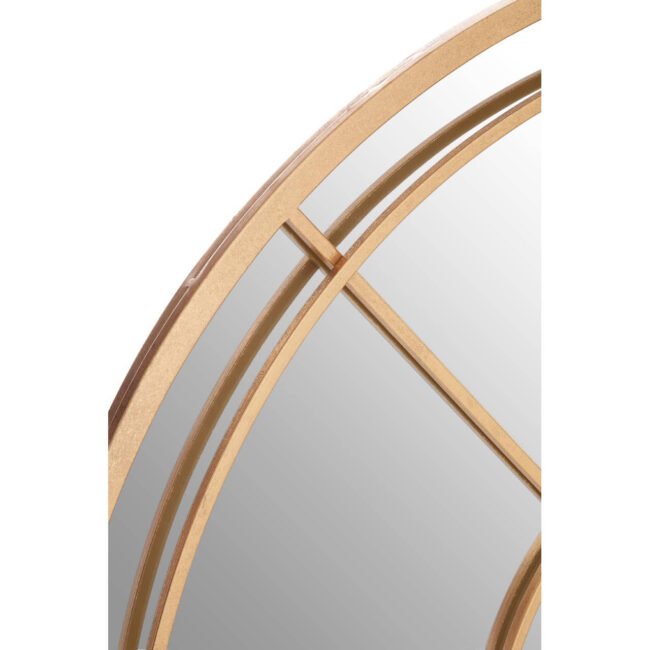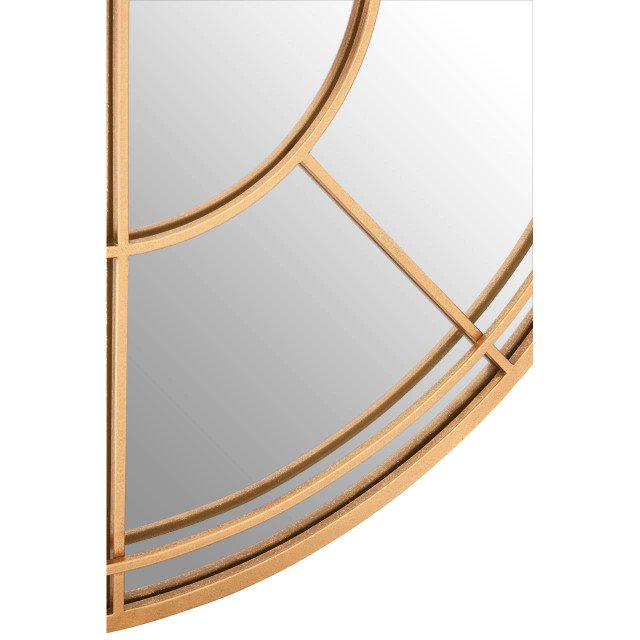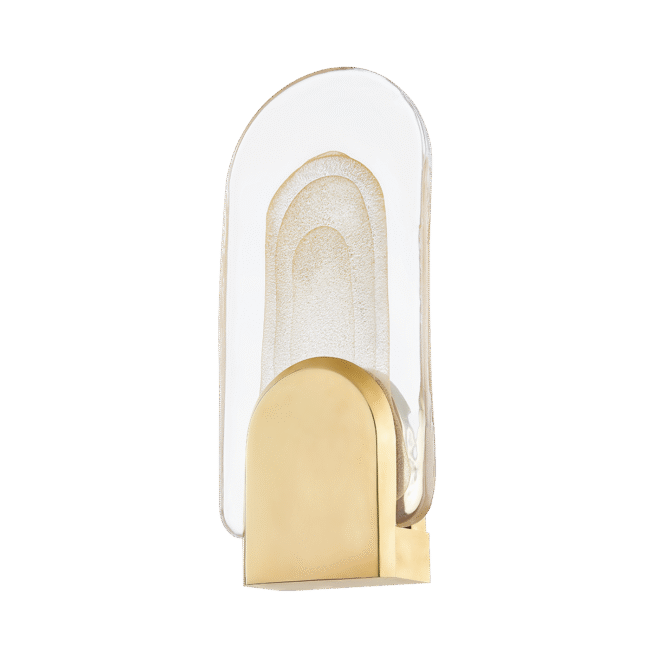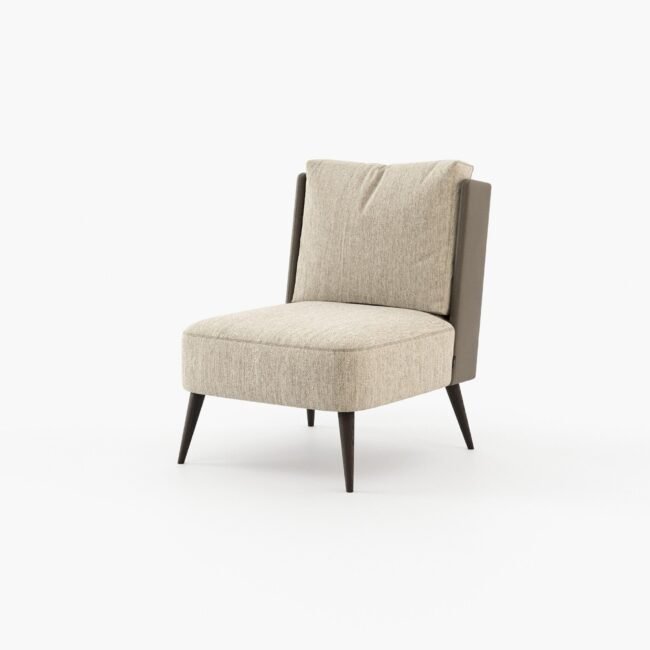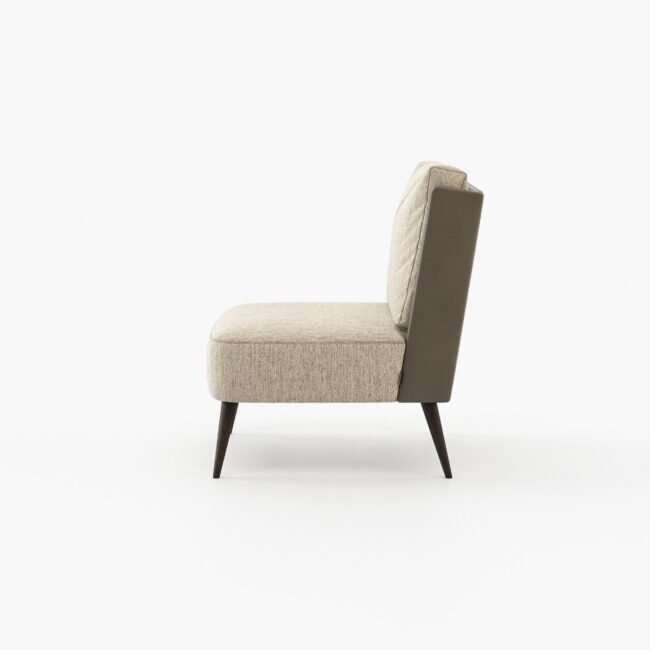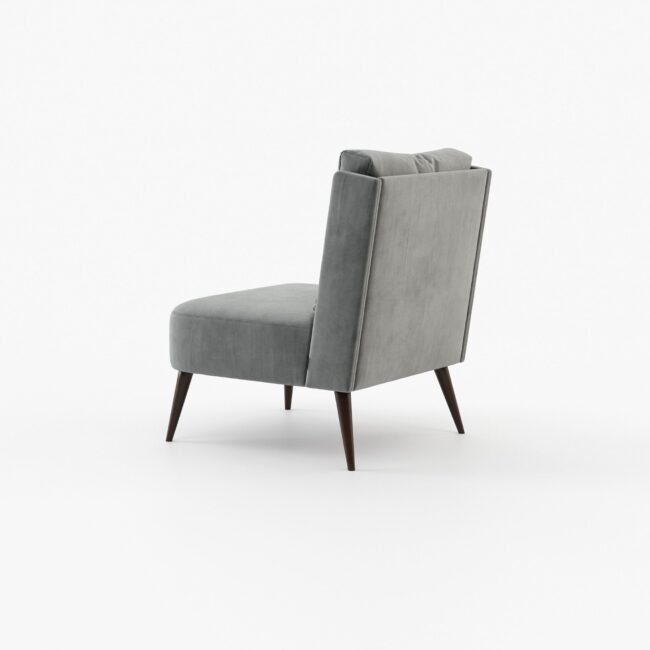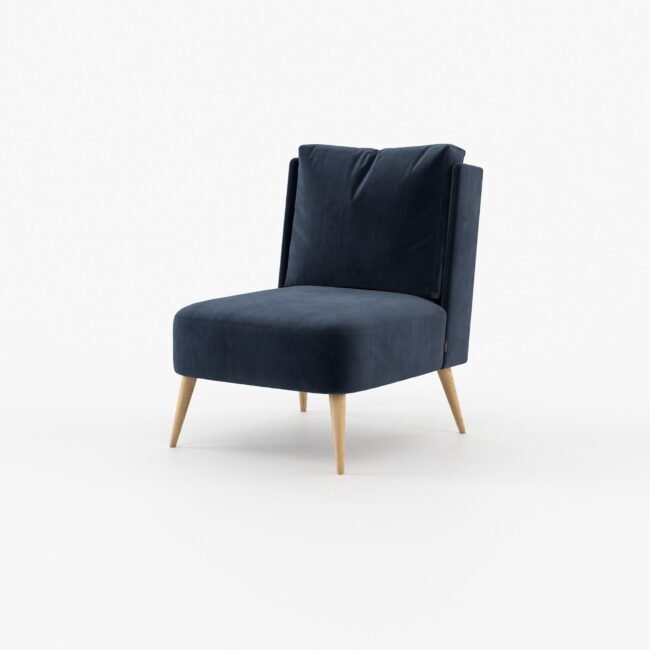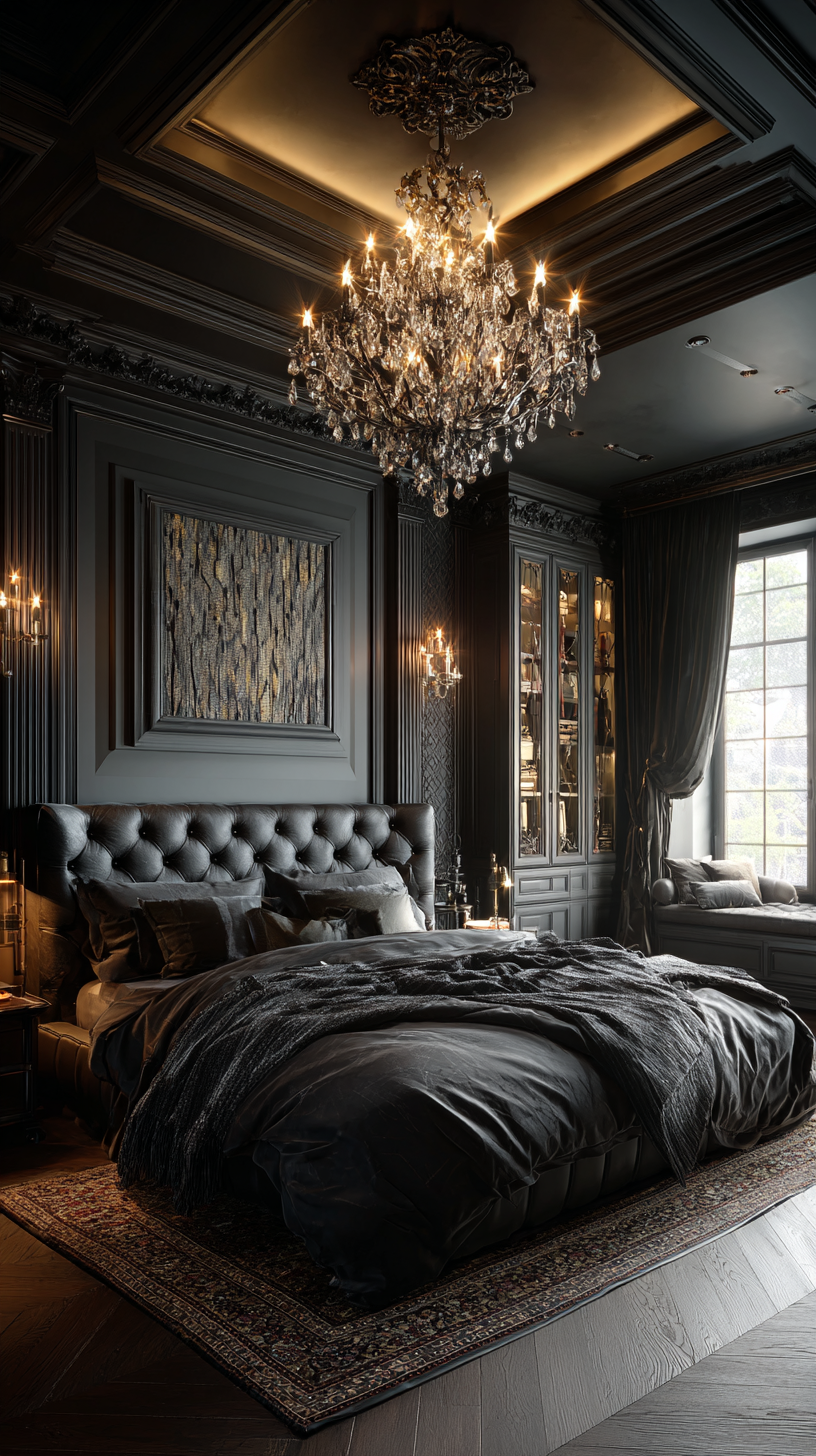Why Retro Serif Font Is the New Design Statement
In this post, we’ll explore how Retro Serif Font can transform ordinary rooms into spaces that feel nostalgic, artistic, and deeply personal. Typography isn’t just for printed posters or websites — when used thoughtfully, Retro Serif Font becomes a stylistic thread you can weave throughout your interiors, marrying vintage charm with modern sensibilities.
Here’s a preview of the six subtopics we’ll cover:
The Power of Typography in Interiors — Why Retro Serif Font matters, psychological impact, and how it shapes ambiance.
Selecting the Right Retro Serif Font for Your Space — Choosing the proper weights, styles, scale, and pairing with other fonts.
Walls and Murals: Applying Retro Serif Font to Large Surfaces — Techniques for wall decals, wallpaper, and painted motifs.
Small Touches: Accessories & Decorative Elements — How to use Retro Serif Font on pillows, cushion covers, lampshades, and framed prints.
Furniture & Built-Ins: Carving Typeface into Structure — Using stencils, laser cutting, or inlays featuring Retro Serif Font on cabinetry and shelving.
Balancing Retro Serif Font with Modern Minimalism — Tips for integration, restraint, color harmony, and avoiding typographic overwhelm.
Then in the Conclusion, we’ll tie all these principles together and offer your audience next-step inspiration for making Retro Serif Font a signature touch in their own homes.
-
Aulie Antique Gold Hexagon Wall Mirror
£204 Add to cart -
Lush Table Lamp
£712 Add to cart -
Veera Armchair
£1,409 – £2,217Price range: £1,409 through £2,217 Select options This product has multiple variants. The options may be chosen on the product page
The Power of Typography in Interiors
Typography isn’t just for printed media or digital design — in interior design, it acts like a silent language that conveys tone, era, and mood. Incorporating Retro Serif Font in your interiors is more than decorative flourish; it helps set emotional ambiance, direct visual flow, and evoke nostalgia.

Serif fonts historically come from print in centuries past; they carry lineage, character, and sophistication. A Retro Serif Font evokes a bygone era: perhaps the elegance of mid-century print ads, the bold signage of Art Deco, or vintage publishing style. When used in interiors, it signals that the space has narrative, depth, and personality.
Humans respond to typography subconsciously. A serif with thick strokes and graceful curves feels stable, reassuring, and timeless. In contrast, sans serif tends to feel modern, sleek, utilitarian. By introducing Retro Serif Font elements, you can soften a space, make it feel established and intentional, and invite guests to linger.
You can use Retro Serif Font to lead the eye. Large lettered murals, quoted sayings, or custom signage in Retro Serif Font act like visual anchors. They give walls hierarchy, help you break up open spaces, and give a rhythm to transitions (hallway → living room → study).
Major interior stylists have used typographic walls, signage, or typographic motifs in boutique hotels and cafes to establish a sense of story. For example, you may see a large, stylized retro serif letter “S” as a headboard motif or lobby mural — it lends gravitas without requiring art collection.
Key principles to remember
Scale matters: use Retro Serif Font in large scale for walls and murals; small scale for accents.
Contrast is essential: pair your retro serif letters with neutral backgrounds so the form stands out.
Consistency without overuse: sprinkle, don’t flood — you want surprise, not saturation.
By anchoring rooms with thoughtful typographic design, Retro Serif Font becomes more than decoration — it becomes architecture.
Selecting the Right Retro Serif Font for Your Space
Choosing the right Retro Serif Font is a nuanced decision. Just as you pick a sofa or lighting fixture to suit room proportions and style, you should treat typography as a “piece of design” and not an afterthought.

When browsing retro serif typefaces, examine stroke contrast, serif style, x-height, and italic forms. Some retro serif fonts have heavy contrast (thin hairlines, thick stems) for dramatic flair; others are more moderate, for readability in interior use. Choose one that complements, not competes with, your décor.
You’ll want a Retro Serif Font with multiple weights (light, regular, bold) and perhaps an italic or decorative version. That flexibility allows you to use the same font family across different elements — for instance, bold for a mural, regular for cushions, italic for signage — yet keep visual cohesion.
A font that looks good small might distort or lose character when scaled large. Before committing, try printing or projecting a sample at wall size. Make sure the edges stay crisp, strokes aren’t overly delicate, and readability is preserved at distance.
Often, a Retro Serif Font works best when paired with a neutral sans serif or a simple monoline script. Use contrast: the serif font for anchors (headers, large words) and a simpler typeface for supporting text. This avoids typographic chaos.
Every retro serif font evokes a particular era — Art Nouveau, mid-century, Victorian, etc. Ensure your font’s “vintage vibe” aligns with your interior style. A delicate Victorian serif may feel off next to bold mid-century furniture; instead, choose a mid-century serif with clean terminals.
Font color and finish — metallics, matte, neon, backlit — affect how dramatic your Retro Serif Font feels. In a cozy study, you might choose a soft off-white serif on navy wall; in an entry hall, a bronze relief of a serif monogram on dark wood.
Make mockups on plaster, wallpaper, or digital renderings, to see how light and shadow interact with your planned Retro Serif Font elements. Context is key — the same letterform behaves very differently under warm lighting vs daylight.
By selecting a Retro Serif Font that aligns with scale, era, contrast, and pairing, you ensure that your typographic elements feel deliberate and harmonious — a seamless layer in your interior palette.
-
Meshelle Flush Mount
£474 Add to cart -
Ohom Sheesham Wood And Jute Boho Stool
£244 Add to cart -
SIKA II ARMCHAIR
£2,979 – £3,830Price range: £2,979 through £3,830 Select options This product has multiple variants. The options may be chosen on the product page
Walls and Murals: Applying Retro Serif Font to Large Surfaces
One of the most striking ways to bring Retro Serif Font into a space is through walls and murals. Because walls offer large canvases, they let your typography breathe and become part of the architecture.

Techniques for implementing typographic murals
Wallpaper & printed wall coverings: Commission a custom wallpaper design with your chosen Retro Serif Font in repeat patterns or a feature quote. You can scale letterforms to rhythmically span the wall.
Vinyl wall decals: For a more modular approach, cut large phrases or monograms in Retro Serif Font, apply like stickers, and allow layering or removal later.
Hand-painted murals: Hire a sign or mural artist to paint retro serif quotes or letter blocks by hand. This gives texture, subtle imperfections, and authenticity.
Stenciling: Use stencils of your Retro Serif Font to paint across recesses, door frames, or cornices for typographic borders.
Choosing placement & content
Focal wall vs accent wall: A full typographic feature wall is bold. If your room has art or furniture anchor points, consider limiting Retro Serif Font to an accent wall behind a bed, sofa, or dining area.
Quote, brand, or letterforms: Use a meaningful phrase (“Gather. Create. Dream.”), your household monogram, or single oversized initial in Retro Serif Font.
Layering and negative space: Don’t cover every inch. Let negative space around the typographic element give it impact.
Color, depth & finishing techniques
Tone-on-tone: Use a subtle tonal variance so the Retro Serif Font emerges softly under certain lighting.
Shadowing or 3D relief: Add drop shadows, embossing, or shallow relief to give dimensionality.
Metallic or gloss finishes: On darker walls, a metallic serif letter can catch light beautifully.
Lighting integration: Use directional spotlights or backlit cutouts to highlight your typographic feature.
Integration with surrounding elements
Make sure your typography doesn’t conflict with other wall elements like sconces, picture frames, windows. Leave clearance. The scale of the Retro Serif Font should respond to ceiling height and wall width.
Acoustic and material considerations
Walls with significant typography are often on drywall; if acoustics matter, consider sound-absorbing panels behind murals. If plaster is rough, choose bolder serifs so they don’t vanish in texture.
Maintenance & longevity
Murals and wallpaper are semi-permanent. Vinyl decals can be replaced. For long-term flexibility, use interchangeable panels or framed typographic slabs of Retro Serif Font that can be swapped.
When done thoughtfully, a typographic wall in Retro Serif Font becomes a statement piece — no painting or artwork needed. It draws the eye, anchors the room, and communicates character at scale.
Small Touches: Accessories & Decorative Elements
Big murals make a splash, but the real magic of Retro Serif Font lies in how you sprinkle it across accessories. These small touches allow you to echo your typographic theme throughout the space without overwhelming it.

Types of accessories to customize
Throw pillows & cushions: Print single letters, monograms, or short words in Retro Serif Font on linen or velvet pillows.
Lampshades & lighting: Laser cut a Retro Serif Font silhouette on a shade so light projects intricate type.
Framed prints & posters: Commission or print quotes in your Retro Serif Font, frame in vintage-style wood or metal.
Tray and serving ware: Emboss or monogram trays, cutting boards, or coasters with retro serifs.
Textile accents: Curtains, rugs, or table runners with type accents in Retro Serif Font.
Object labeling & signage: In kitchens, you might label drawers or cabinets (“SPICE,” “TEA”) using small metal stencils in retro serif style.
Placement & rhythm
Scatter these accents deliberately: one in the foyer, one on a side table, one near reading nooks. You don’t want every pillow shouting the font — let each element whisper it. Use odd-number groupings (3, 5) to form visual clusters.
Color coordination
Keep accessory colors in harmony with your room’s palette; treat the Retro Serif Font as an accent color. For example, if your room’s neutrals are charcoal and warm white, a muted bronze serif print on a pillow adds visual interest without clashing.
Material interplay
Mix materials — wood, metal, glass — with typographic touches. A brass cutout of a Retro Serif Font monogram can sit on a shelf; a linen pillow with printed serif forms adds softness; etched glass panels with retro serif text give a subtle glow in light. Textural contrast helps the typography feel integrated rather than pasted on.
Scale & readability
These accents are small, so your chosen Retro Serif Font must hold up at smaller sizes. Choose weights that maintain serif definition in printing or laser etching. Test first.
DIY vs custom
Many services allow custom printing or etching in your chosen Retro Serif Font. Alternatively, if you’re crafty, you can make stencils or vinyl cutouts yourself. But for precision and fine serif detail, professional print or laser work often yields better results.
Avoid overuse
Don’t let every item in the room carry the type. If your pillows, trays, lampshade, and curtain all carry the same serif motif, it becomes typographic wallpaper. Reserve accessories for accent, not saturation.
Subtle, thoughtfully placed decorative elements in Retro Serif Font tie your space together. They act as little “echoes” of your larger typography statements, creating a cohesive narrative without overwhelming.
-
Aulie Gold Finish Round Wall Mirror
£166 Add to cart -
Morganite Wall Sconce
£1,182 Add to cart -
Virginia Armchair
£4,188 – £6,168Price range: £4,188 through £6,168 Select options This product has multiple variants. The options may be chosen on the product page
Furniture & Built-Ins: Carving Typeface into Structure
To truly embed Retro Serif Font into your interior DNA, consider integrating it into furniture and built-in elements. This is the next level — typography as structure instead of surface.

Approaches to integrating typography into furniture
Laser cutting / CNC routing: Cut Retro Serif Font letters or monograms into panels, drawer fronts, cabinet doors, or as decorative fretwork.
Inlay and marquetry: Use contrasting woods, veneers, or metals to inlay serif lettering into tabletops, headboards, or consoles.
Relief carving: On solid wood, carve shallow relief letters in Retro Serif Font along edges, aprons, or drawer faces.
Metal or acrylic inserts: Embed metal or acrylic panels with Retro Serif Font cutouts into cabinetry or doors.
Bookcase or shelving silhouette tops: The top edge of a shelf unit could be cut in undulating serif letter shapes.
Choosing the right scale and placement
Typography integrated into furniture must respect structural balance. A large carved letter across a dresser may be overpowering; instead, go with a bold initial or subtle panel detail. Reserve bold typography for pieces that reside centrally in a room.
Harmony with style
If your furniture is mid-century, pick a mid-century–inspired Retro Serif Font for your carved motifs. If your home leans toward classical or vintage, a serif with graceful flourishes may suit better. The type must echo the furniture era and construction.
Material and finish considerations
Contrast vs tone: You may choose a contrasting inlay (e.g., dark wood in light wood) to make the typography stand out. Or subtle tonal inlays for whisper effect.
Durability: Typography in furniture is semi-permanent — consider wear, dust, cleaning. Smooth, sealed finishes help protect the carved or inset areas.
Lighting & shadow: Relief carvings cast shadows when lit. Use lighting to accentuate the typography — recessed lighting, LED strips, or side lighting.
Hardware integration: Let knobs or pulls fall within or near serif curves. They can augment the typographic design.
Examples of use
A console table with a carved motto in Retro Serif Font along the skirt.
Cabinet doors with inset Retro Serif Font monograms on each door panel.
A headboard with a central inlay of a letterform (e.g. “M” or “A”) in retro serif style.
Benefits and cautions
High impact: A piece of furniture with typographic structure becomes both functional and sculptural.
Durability: Unlike wallpaper or prints, integrated typography is built to last.
Flexibility: Harder to change — if you later tire of the font, changing it is not trivial. So ensure the design is deliberate.
Balance: Don’t let the typography overwhelm the piece’s use. It should complement, not compete.
When you succeed, your furniture becomes a signature — no additional signage needed. The Retro Serif Font lives in the bones of your interiors, making typography part of the very fabric of your space.
Balancing Retro Serif Font with Modern Minimalism
A core challenge in decorating with Retro Serif Font is making it feel fresh, not dated or kitsch. To keep your space modern and restrained, here are strategies to balance vintage typography with minimalism.

Principle: restraint over repetition
Let your typographic touches be whispered, not shouted. Choose one or two major statements (a mural, a furniture inlay), and then support those with a few small accent pieces in Retro Serif Font. Avoid repeating the same word everywhere.
Negative space as buffer
Between typographic elements, maintain generous whitespace. This echoes minimalism: clean walls, uncluttered surfaces, and breathing room ensure the serif forms remain focal instead of chaotic.
Neutral palettes with accent tones
Keep the color palette subdued — off-whites, greys, muted tones — and reserve one accent tone (metallic, deep blue, rust) for your Retro Serif Font elements. This ensures they pop without overpowering.
Mix with modern materials
Pair retro serif elements with modern materials — glass, concrete, polished steel, acrylic — to create contrast. A serif mural on a concrete wall, or a metal laser-cut serif inlay in a glossy white cabinet, gives tension and interest.
Limit supporting typefaces
If your interior also uses signage, labels, or printed materials, limit yourself to a single secondary font (e.g. a clean sans serif). Don’t introduce a flurry of fonts. Let your Retro Serif Font be the typographic hero.
Scale hierarchy & focal points
Decide what your eyes should land on first — that becomes your typographic anchor. Don’t scatter multiple focal elements in one space. Let one Retro Serif Font feature take precedence, and treat the rest as subtle echoes.
Lighting control
Use lighting strategically to highlight typography. Dimmable accent lights, spotlights, or indirect lighting can make serif forms dramatically sculptural. But eliminate glare or harsh shadows that drown the lettering.
Transitional zones
In hallways or transitional spaces, avoid heavy typography. Keep those zones minimal, so when you enter a main room with Retro Serif Font, it feels like an intentional reveal.
Edit ruthlessly
After placing all typographic elements, step back and remove anything that doesn’t contribute. If a pillow, tray, or sign feels redundant, take it out. Minimalism thrives on editing.
By applying restraint, hierarchical planning, negative space, and complementary materials, you can let Retro Serif Font roam confidently in a modern minimalist setting. The end result: vintage elegance inside contemporary simplicity.
-
Bou Set of 2 Multi Print Storage Trunks
£572 Add to cart -
Noah Flush Mount
£712 Add to cart -
Tadeas Armchair
£1,882 – £2,785Price range: £1,882 through £2,785 Select options This product has multiple variants. The options may be chosen on the product page
Where Vintage Typography Meets Modern Design
Bringing Retro Serif Font into modern interiors is a bold, poetic design move. Done well, it doesn’t feel gimmicky — it feels like the room has a voice. Throughout this article, we’ve explored why typography matters in interiors; how to choose and test the right retro serif typeface; how to scale it to walls, accessories, and furniture; and how to temper it with minimalist discipline.
Your path to success lies in balance. Use one showpiece mural or inlay to anchor the room, then echo the same Retro Serif Font in small accents — pillows, lamps, prints — sparingly. Pair it with a clean sans serif or neutral lettering when supporting text is needed. Maintain negative space, respect scale, and let lighting caress your typography rather than overpower it.
When you integrate Retro Serif Font into the bones of architecture — through built-ins or furniture — the design becomes inseparable from the space. That’s when typography stops being decoration and becomes structure. But those interventions require careful planning, because they’re long-lasting. Use mockups, projections, and precise templates before committing to permanent work.
The ultimate reward is cohesion. When visitors move from room to room and see that consistent serif motif reappear — sometimes subtle, sometimes bold — the home exudes narrative, continuity, and character. The Retro Serif Font becomes part of your brand as much as your color palette or furniture style.
If you want to experiment but proceed gradually, start with pillows or framed quotes. Once your eyes acclimate, scale up to murals or cabinetry. And always test — project the letters, see how they respond to light and shadow, and refine before finalizing.
I hope this guide empowers your readers to embrace vintage typography in contemporary homes. If you try a typographic project with Retro Serif Font, I’d love to see your photos or hear your challenges.

























